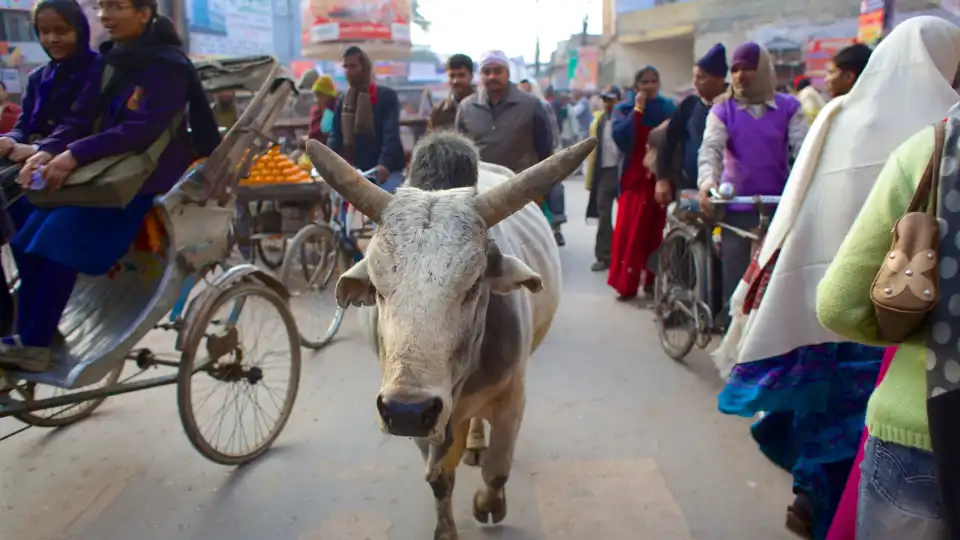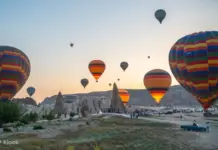One of the oldest civilizations in the world, India is a beautiful blend of vibrant contrasts and unparalleled culture and traditions. India can make you feel at peace amidst all the chaos and noise. From the snow-capped Himalayas in the North to golden beaches in the South, from lush tea plantations in the East to dream cities in the West – India is truly diverse, offering diverse experiences for tourists.
- India trip tips — 9+ things to know before going to India
- The ULTIMATE Taj Mahal travel guide: How to get there, Tickets, Things to do, Tips & MORE
- Where to go & what to do in Varanasi? — 15+ places to visit & best things to do in Varanasi
- What to buy in India? — 29+ best gifts from India & best things to buy in India
- Leh Ladakh bike trip itinerary — How to spend 6 days in Ladakh by motorbike?

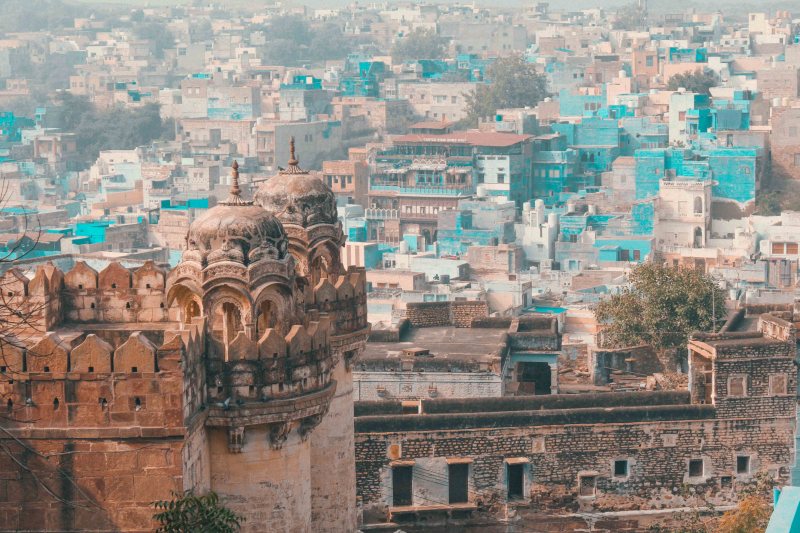

India has the most population in the world, located in South Asia with many unique cultural features, and is a country with everything on earth. So, what to know before going to India, what to know before traveling to India, what to know before visiting India? Let’s check out our India travel tips with 21+ things to know before going to India, things to know before traveling to India, things to know before visiting India as follows!



It will take you a lifetime to see all of India. Therefore, it will be difficult for you to understand all the nuances and aspects of this country with over 1.4 billion people and millions of gods. With preparation, you can learn how to plan travel with great experiences. And the journey begins before you even set foot in India, when you make your plans.
I also had nearly 3 days in New Delhi. Besides haggling over taxi and tuktuk fares, basically the Indian capital is still something worth learning about. From people to landmarks in the city center. One thing I quite like is that the price of tuk-tuks and taxis here is quite cheap, it only cost me about 1000 rupees to go around 50km.
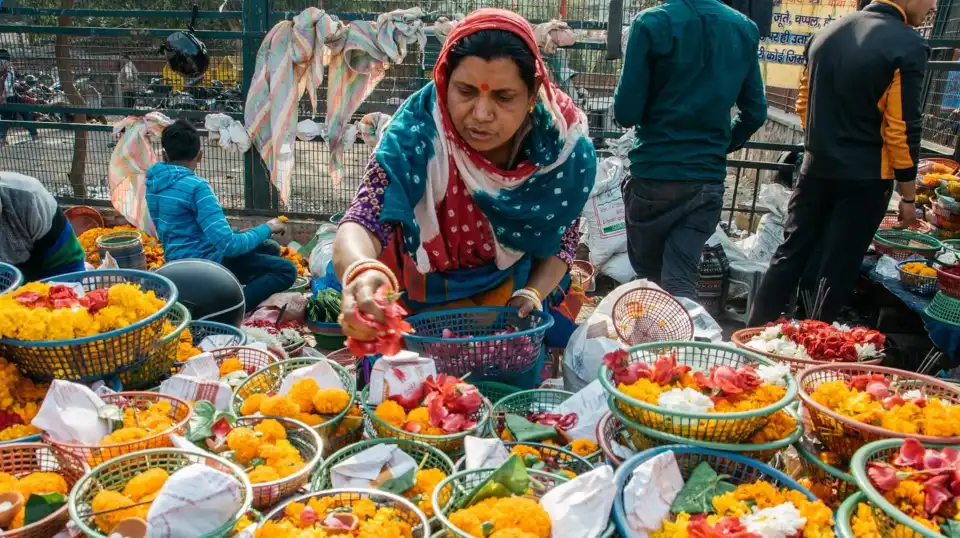

In recent years, India has always attracted tourists around the world because of its diverse beauty, rich history and culture. However, India is always considered by tourists to be a rather complicated and dangerous country for foreign tourists. Therefore, to travel safely to India, you need to know things to know before visiting India to have a smooth trip. Let’s take a look at the things you need to know when traveling to India.
An overview of India

When you come to India, you will most likely end up in one of its major cities, many people will experience culture shock from the feeling of overload, disorder and chaos. But India is more than just a crowded, sprawling metropolis. This is a place of peaceful empty landscapes, undulating desert dunes, spectacular and majestic snow mountain ranges, quiet backwaters, soul-revitalizing ashrams and strange spiritual connections.


When you leave Delhi, Calcutta (now Kolkata) and Mumbai, you might find yourself watching burial ceremonies on the Ganges River, riding a camel in the desert near the Pakistan border or sipping masala chai (Indian spiced milk tea) in an ancient mountaintop castle.

This is a country – a subcontinent where people will either love it or hate it. But the longer you stay in this country, the more the latter fades and you start… not understanding India… but you start accepting it with all its quirky beauty and you realize that this those are not flaws, they are just differences compared to other places.
Be prepared for an adventure when you get here, be ready to let go of what you believe is “right” or “normal” and just accept India for what it is. Let its spiritual aspect guide you around the country, experience India through the eyes of those who live there and in turn also teach you things about travel you never knew before.


India is a place that you really cannot put into words and all you have to do is go there and experience it for yourself with an open mind. In this India travel tips you’ll learn what you need to know when planning a trip to India if you want to experience this culturally rich country!


Note about passports (#things to know before traveling to india)
Your passport must be valid for at least 6 months from the date of entry if you do not want to be deported while traveling in India. Remember to always bring your passport with you wherever you go because most tourist attractions in India require a passport.
You just need to apply for a visa online to get the e-visa, the procedure is quite simple and very quickly, it takes about 2 days. In addition, you should declare your health situation on the website first and print out a copy of your 2 vaccinations. When I entered the Delhi airport, they did not ask anything related to the Covid-19 vaccine, but just print it out first, because of “excess than lack”.

You should prepare yourself a ballpoint pen so that when you get to the airport, you can fill out the information and leave it at the table opposite the security counter. I flew Vietjet business class and got off the plane first. When I went to check in, I did not have to line up, I thought it was pleasant but I did not filled out the information form and have to go back and get a pen. After filling it out, the many other passengers came to do it, so I have to wait in line for nearly 3 hours to finish it.

When to visit India? (#things to know before visiting india)

India is a country with a very complex climate, but in general there are two seasons: the rainy season and the dry season. From June to September, most of the country gets rain due to the southwest monsoon, but this is the best time of year to visit the high deserts of Ladakh. In addition, in the south of the country there is a light rainy season that occurs from October to December of the year.

The best time to travel to India is November to March, which are the coolest and driest months of the year, considered winter and considered by many to be the best time to visit India. The weather in India varies a lot, so if you’re planning a trip here, you should keep the climate in mind. In the summer months, the southern tip of the country is extremely hot and thermometers can reach 43 degrees Celsius while humidity is almost reach 100%.

Winter is followed by hot and dry summer, which lasts from March to May. When temperatures reach their peak during the summer months of June to August, the temperature can be uncomfortably hot, making it impossible to do anything in the middle of the day. But this is a great time to travel to the north and the Himalayan heights as well as the high hills of Shimla and Darjeeling. Many northern cities like Leh and Ladakh can only be visited around June – August when the roads are clear and snow-free.
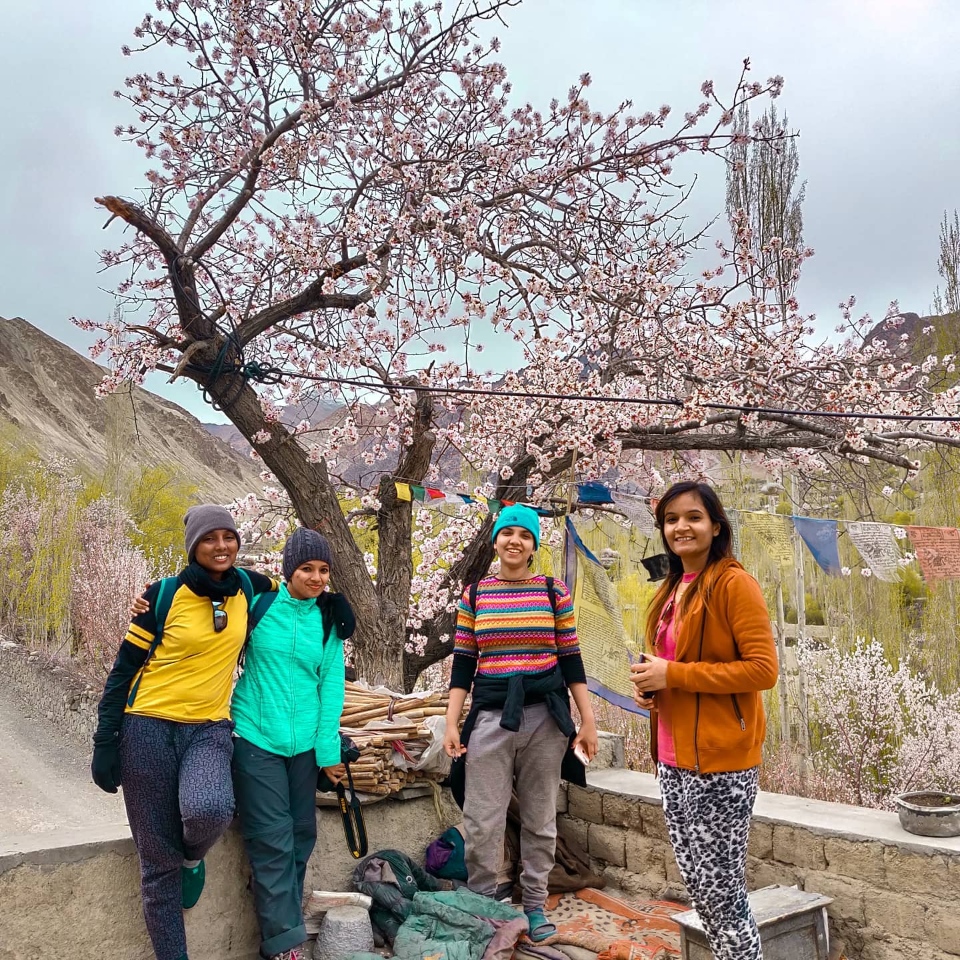
June heralds the start of the monsoon season which begins in Kerala on India’s southwest coast. The weather is very wet during this time of year and the days are punctuated by intermittent rainfall. During the peak of the monsoon season, flooding is possible in some low-lying areas and most national parks are closed during this time.

However, one advantage of traveling during the monsoon season is that the landscape transforms into an oasis of green forests and rushing rivers, offering some of the most beautiful scenery one can find – perfect to travel the backwaters of Kerala.

In November and December, many parts of North India experience cold and foggy weather. December marks the beginning of India’s peak tourist season.
Where to go? (#what to know before traveling to india)
Depending on each person’s preferences, there are different ways to choose a destination, like me, I really love the Ladakh region because it has super beautiful scenery and super gentle people. I got lost late at night and the police officer let me stay at the station. If you are interested in traveling to Ladakh, you can spend about 5-7 days, you can buy a land tour for around 300-500$, quite cheap, but like me, I road a motorbike around because the roads are so breathtaking. This is also an extremely worth visit in India.

We went in the fall, the trees were all turning yellow, very poetic. Especially running through the roads above are snowy mountains below are winding roads around the cliffs. Then every once in a while, I saw herds of horses and yaks leisurely walking under the yellow grass, so I have to swoop down to take pictures and then continue the journey.

If you like to learn about Indian architecture and history, you can go to New Delhi. Delhi is quite bustling and there are many places to visit. I have nearly 3 days here so I should go to famous places that are easy to go first, such as: Ki Baoli well, the world’s tallest brick structure is over 1,000 years old, Qutb Minar, or India Gate Square. On the last day I returned, I stopped by Little Saigon restaurant to eat Vietnamese food.


Get vaccinated before traveling (#what to know when traveling to india)
India is affected by a variety of tropical diseases such as malaria, dengue fever, rabies, etc. So remember to get vaccinated before traveling. Before 8 weeks, you should contact a medical professional for assistance in checking your vaccination history as well as advice on choosing the appropriate vaccine to keep.

Prevention of malaria and dengue fever
Malaria is one of the serious problems in India. Always take precautions to avoid mosquito bites – this will help you avoid the risk of dengue fever and malaria. Sleep under a mosquito net, wear long-sleeved shirts and light-colored pants, and you can use mosquito repellant or plug-in insecticides with high concentrations of DEET (diethyltoluamide).

Budget and currency (#what to know before traveling to india)
Don’t travel with a low travel budget, sometimes trains and hotel rooms can be hot and uncomfortable. Sometimes Indian tours are cheaper and really uncomfortable. By spending more on your trip, you will feel more comfortable and safer.

India’s currency is the rupee. Rupees are divided into denominations of 100 paisa. There are restrictions on bringing Indian rupees into India. You can bring some cash in rupees (exchanged at the airport) to use for local taxis, meals or shopping.

Visitors are not allowed to bring any amount of Indian rupees into the country. Bring cash or traveler’s cheques and/or bank cards and exchange or withdraw rupees once in India. You will have to declare any amount exceeding US$5,000 in banknotes, or US$10,000 in banknotes and traveler’s checks combined.
Internet (#what to know before visiting india)
India has excellent mobile connectivity with the major providers are Jio, Airtel, Vodafone-Idea and BSNL. You can avail the services of any provider in the country. The SIM card can be bought upon arrival at the airport or purchase in advance. Please bring a copy of your passport and passport-sized photo to get your SIM card. Once the card is received, it may take up to 24 hours for the card to be activated. Phone connection will have data service included.

Language
India is a diverse land with deep cultural roots and a rich heritage. There are more than 22 local languages spoken across the country. The language widely spoken across the country is Hindi. It is also the national language of India. There are many languages spoken throughout India, however, English is widely used in tourist areas.

Luggage
India mainly has a tropical, hot and humid climate. Therefore, when traveling to India, you should prioritize clothes that are loose, airy, sweat-absorbent and can cover your arms and legs. Sunscreen and a wide-brimmed hat should also be in your luggage because of the hot weather.

Goods such as cosmetics and cigarettes can be considered contraband and will cause you to spend more time going through checkpoints. Prepare space in your suitcase for your return trip with many meaningful souvenirs in India.
Famous tourist destinations in India
India is a union consisting of a total of 28 states and 8 union territories. India is well connected to the rest of the world through major airports at New Delhi, Kolkata, Mumbai, Cochin and Chennai.
You can visit remote parts of the country via well-established rail and road routes. The entire country can be divided into four regions: North, South, East and West.

India’s most visited tourist destinations like the Golden Triangle – including New Delhi, Agra and Jaipur, tiger park, Golden Temple and Himalayas are located in the North. South India is known for its nature, beaches and traditional temples. East India is known for Kaziranga national park, nature, tea plantations and the colonial culture of Kolkata. Western India includes the states of Maharashra, Gujarat and Goa. The area is known for its vineyards, temples, art and culture.

With one of the longest coastlines in the world, India has countless pristine beaches and ports. Some of the best beaches are located on the west coast of India. These beaches include Kochi, Kovalam, Goa, Gokarna, Konkan, Marari and Mangalore. Cruise travel is less popular but holds great promise for the future. Some prominent tour companies are Jalesh and Brahmaputra cruises.
As you travel across India, you will find massive forts, dense forests, heritage buildings, mountains and great rivers. Due to such diverse experiences on offer, India is considered one of the most diverse travel destinations in the world.

India is called a subcontinent because of its diversity in landscape, geography and climate. You can find the snow-capped peaks of the Himalayas, the desert state of Rajasthan, the lush tropical forests of South India, the tropical beaches of Goa, Kerala, Karnataka and other states, as well as the forests of central India, where tigers roam. You can travel in India all year round, depending on the season and climate, and never get bored.

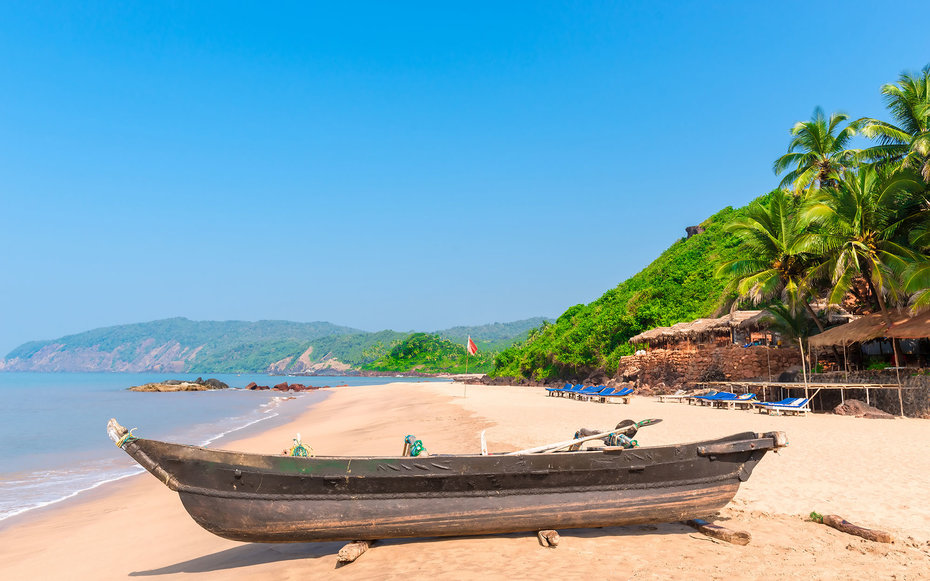
Transportation
India has some of the busiest airports in Asia, airports in New Delhi, Mumbai, Kolkata, Chennai & Cochin are well connected to the rest of the world.
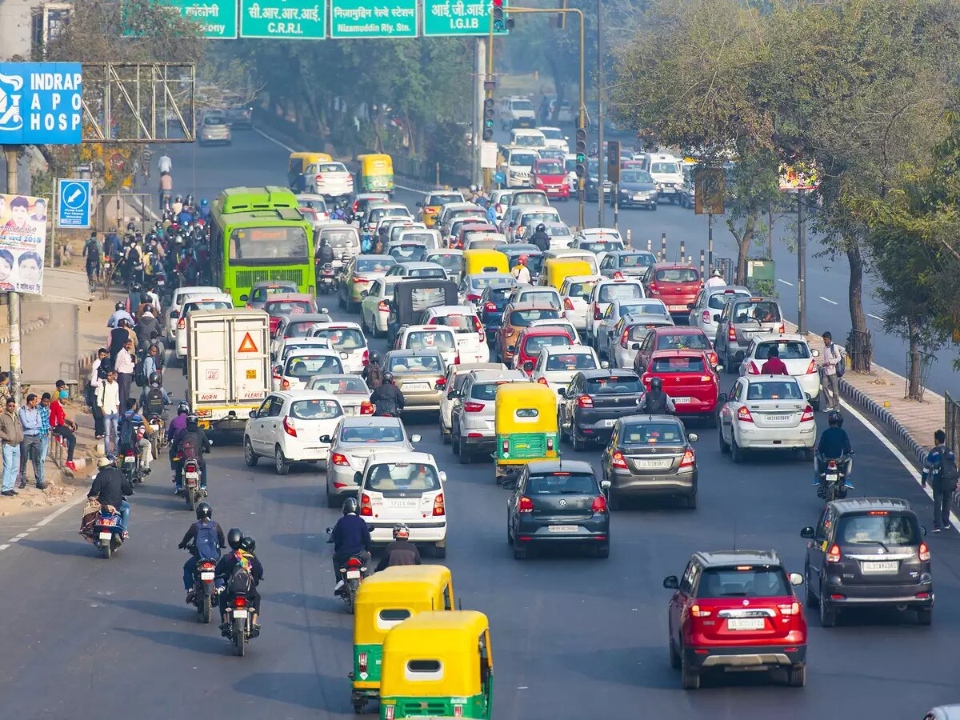
Be careful with traffic in India, especially at stations and on trains when traveling around the country. Traffic on the streets during rush hour is the fear of any traveler. Choose domestic flights for a safe and convenient trip. Please note that security checks at the airport are quite strict, checked separately by gender.

To get around, you can take a tuk tuk or hail a taxi. Another way is to book an Uber. I don’t have an Uber account, so sometimes I ask the receptionist to book a car for me to see the price on the app, then go out and pay the driver. If you call a taxi or tuk tuk yourself, you can also bargain the price.

Many hotels offer free airport shuttle services. You can also rent cars from hatchbacks, sedans, MPVs like Toyota Innova Crysta, SUVs to luxury cars like Audi, Mercedes to move around the city for sightseeing. If you want to get around like a local, hop on a tuk-tuk to go to the market or take a rickshaw to tour the narrow streets.
Flight connections between states and cities in India are very good with many options. Airlines such as Indigo, SpiceJet, Go Airways, Air India, Air Vistara and Air Asia offer several daily flights to major and smaller cities.
Local buses are also well connected for internal travel from one city to another or even from one state to another with air-conditioned sleeper coaches. These buses are often crowded.

































![10 best airports in Asia in 2016 [RANKED] kuala-lumpur-international-airport-best airports in asia in 2016 by skytrax ratings](https://livingnomads.com/wp-content/uploads/2016/08/29/kuala-lumpur-international-airport-best-airports-in-asia-in-2016-by-skytrax-ratings-218x150.jpg)









